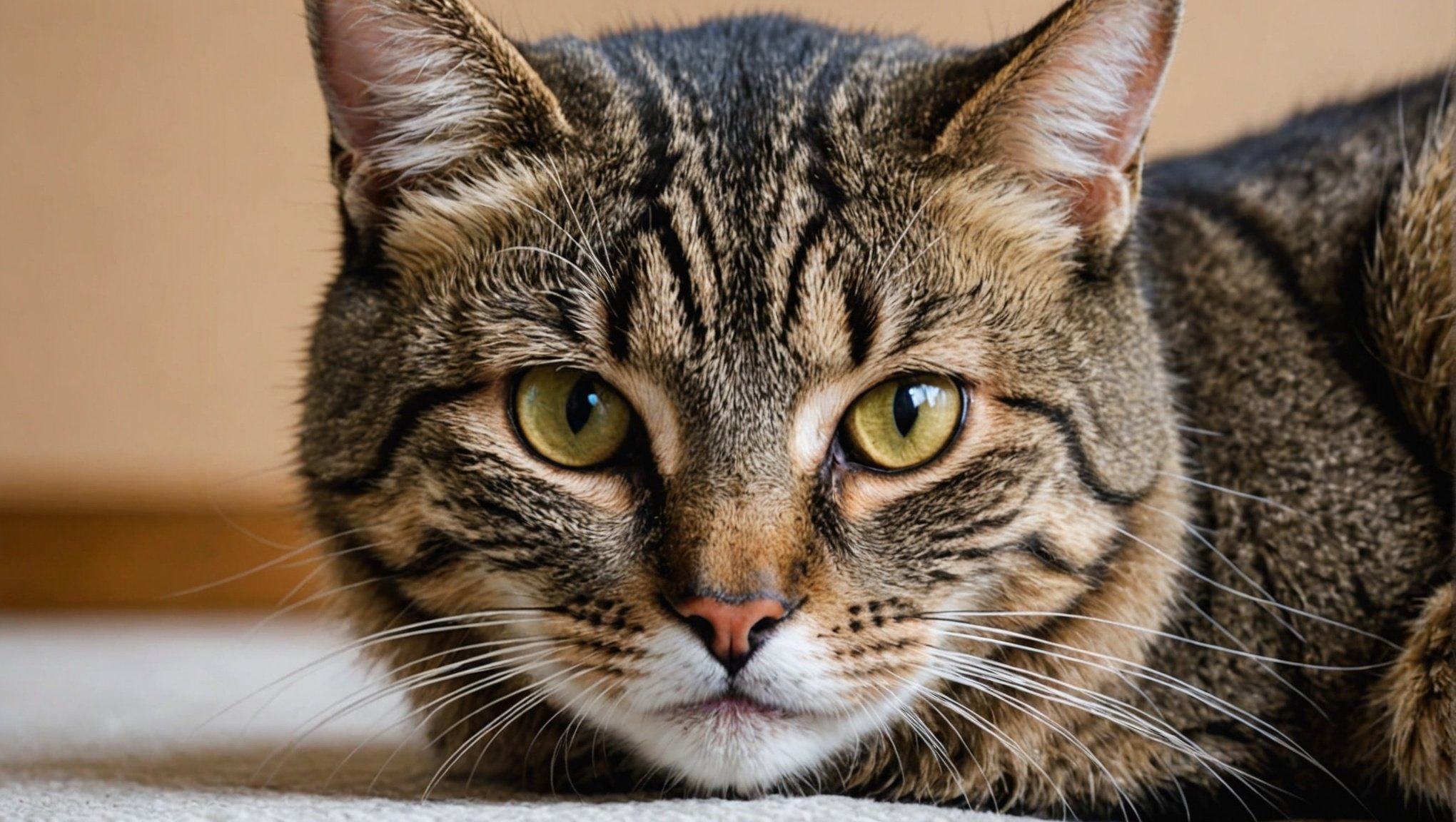Recognizing Signs of Feline Pain
Understanding feline pain recognition is crucial. Cats are masters at masking discomfort, making it essential for owners to be vigilant. Identifying signs of cat discomfort involves observing both behavioral changes and physical cues.
Behavioral Changes
Cats may exhibit subtle behavioral changes when in pain. These can include increased aggression or a tendency to hide more than usual. A once-sociable feline might become withdrawn. Recognising these shifts can hint at underlying issues.
Dans le meme genre : Top Tips for Seamlessly Introducing New Toys to Your Cat
Physical Signs
In addition to behavioral shifts, physical signs are paramount. Noticeable indicators include limping or changes in the way a cat moves. Vocalizations such as frequent meowing or growling may also suggest discomfort. Grooming habits are another aspect; a cat might excessively groom a particular area or neglect grooming entirely, indicating pain.
Importance of Observation
Paying attention to minor adjustments in a cat’s routine and temperament is vital. Often, these subtle shifts are the first indicators something is amiss. Spotting early signs can lead to a timely diagnosis, ensuring effective treatment. By understanding these signs of cat discomfort, pet owners are better equipped to provide the necessary care and intervention, enhancing their pet’s quality of life.
Lire également : Mastering Cat Habits: Effective Strategies to Train Your Feline to Favor a Scratching Post Over Your Furniture
Proven Pain Management Strategies
Effectively managing cat pain is essential for their well-being. Understanding the best approaches helps in ensuring comfort and health.
Medications for Pain Relief
Pain relief medications for cats often include non-steroidal anti-inflammatory drugs (NSAIDs) and opioids. These are commonly prescribed by veterinarians for conditions like arthritis or post-surgery pain. However, the importance of veterinary guidance cannot be overstated, as improper dosage can lead to serious health complications, such as kidney damage or gastrointestinal issues. Side effects must be monitored closely, and medications should never be administered without consulting a veterinarian.
Home Remedies
Natural remedies can offer an alternative or adjunct to traditional medications. Incorporating safe options such as omega-3 fatty acids and glucosamine supplements in a cat’s diet can help reduce inflammation. Adequate environmental comfort is also crucial. Providing soft bedding and ensuring a warm, quiet space can ease minor discomfort. Nutritious, balanced diets support overall health, aiding in pain management.
Lifestyle Adjustments
Implementing modifications in a cat’s living space, like pet ramps or lower litter boxes, can reduce the strain on painful joints. Engage cats in gentle play to maintain mobility without exacerbating discomfort. Regularly monitor activity levels to assess when rest is needed, balancing activity with ample relaxation.
Monitoring Feline Health
When it comes to Cat Health Monitoring, understanding and observing your cat’s behaviour is key. Regular health check-ups and physical assessments are crucial. Look for changes in appetite, grooming habits, and litter box usage, as these can be early indicators of health issues.
Observing Cat Behavior can provide insight into your cat’s wellbeing. Keeping a detailed diary of any behavioural changes or concerns can help you detect pain patterns that might otherwise go unnoticed. Document anything from mood swings to energy levels. This diary will be pivotal when consulting with a veterinarian, making it easier to track any patterns and changes over time.
Be aware of subtle signs indicating when it’s time to escalate concerns to a veterinarian. Any persistent vomiting, coughing, or difficulty breathing should be addressed immediately. Remember, behavioural nuances might seem minor but often signal serious health issues.
Therefore, consistently monitoring these aspects can lead to more informed discussions with your veterinarian. It allows for proactive management of your cat’s health, ensuring they lead a happy and healthy life.
Consulting a Veterinarian
For persistent pain in your cat, a vet consultation is paramount. Professional cat care provides an in-depth evaluation, identifying issues that might not be evident to the untrained eye. This specialized care ensures that your feline companion receives the appropriate attention, and any unusual symptoms are addressed.
Preparation for a vet visit is crucial. Before attending, compile a list of questions to ask during your vet consultation. This includes queries about potential causes of pain, treatment options, and any specific symptoms to watch for. Providing a detailed account of your cat’s behaviour changes, diet, and previous medical history will enhance the effectiveness of the professional cat care your pet receives.
Understanding the diagnostic and treatment procedures is fundamental. Your veterinarian may suggest various diagnostic tests, such as blood samples or imaging, to precisely determine the underlying issue. In terms of treatment, the vet might offer options ranging from medication to lifestyle adjustments, tailored to suit your cat’s needs.
Engaging in open discussions with your veterinarian during a vet consultation bolsters your understanding and enables informed decisions, ensuring the best possible welfare for your beloved pet.











